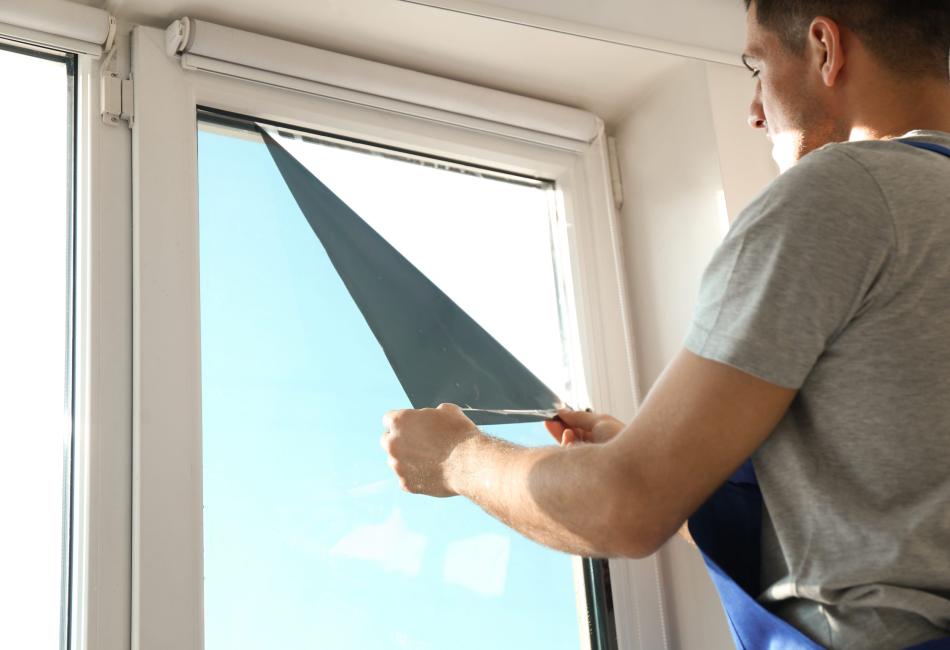Understanding the Cost Savings of Window Film Installation
In today’s economy, finding effective ways to reduce household and commercial expenses is an essential task for everyone. One practical and often overlooked solution is window films. These nifty additions offer a myriad of benefits, notably significant cost savings that are well worth exploring. Whether you’re interested in energy efficiency, protecting interiors, or enhancing privacy, window films are a simple installation that can yield considerable financial returns over time. Let’s delve deeper into how window films achieve these savings and why they should be considered a wise investment for both residential and commercial properties.
Enhancing Energy Efficiency
One of the primary cost-saving benefits of window film installation lies in its ability to enhance energy efficiency. By reflecting solar heat, window films reduce the amount of heat that enters a building, thereby lowering the demand for air conditioning during those warmer months. This reduction in dependency on heating and cooling systems helps decrease energy consumption, resulting in substantial savings on monthly utility bills. Studies suggest that window films can help cut energy costs by up to 30%, making them an eco-friendly choice that promotes sustainability while saving you money.
Protecting Interior Spaces
Window films serve a dual purpose by also protecting interior spaces from the damaging effects of ultraviolet (UV) rays. Continuous exposure to sunlight can lead to fading and deterioration of furniture, flooring, and artwork. Over time, replacing or refurbishing these items can become a significant financial burden. Installing window films helps block up to 99% of UV rays, thus preserving the quality and lifespan of interior features. This shield not only maintains aesthetic appeal but also protects your investment in home and office decor.
Improving Comfort and Reducing Glare
The application of window films enhances indoor comfort by regulating room temperature and reducing glare. This improvement is particularly beneficial in rooms with large or many windows where glare can disrupt work activities or leisure time. By minimising glare, window films enable a more productive and pleasant environment, reducing the need for additional lighting and consequently reducing electricity costs. Moreover, the stabilisation of indoor temperatures diminishes the wear and tear on HVAC systems, thereby prolonging their operational lifespan and decreasing maintenance or replacement costs.
Adding Security and Privacy
Apart from financial savings, window films contribute to the security and privacy of your property. They strengthen the glass, making windows more resistant to breakage from accidents, natural disasters, or attempts at forced entry. Additionally, films can be selected for their privacy-enhancing qualities. By obstructing the view from outside, they protect the inhabitants’ privacy without sacrificing natural light. This measure of security can provide peace of mind, possibly lowering insurance premiums for homeowners and businesses alike due to the reduced risk of break-ins and vandalism.
Conclusion
As we’ve discovered, the cost savings associated with window film installation extend beyond mere reductions in energy bills. This simple yet effective solution supports a wide array of financial benefits, from protecting valuable interior investments to reducing the need for lighting and maintaining consistent indoor climates. By enhancing security and privacy, window films can also contribute to potential reductions in insurance costs. Ultimately, investing in window film installation is a strategic move that promises both immediate and long-term returns, making it a valuable consideration for anyone looking to optimise their property’s performance and expenditure.







